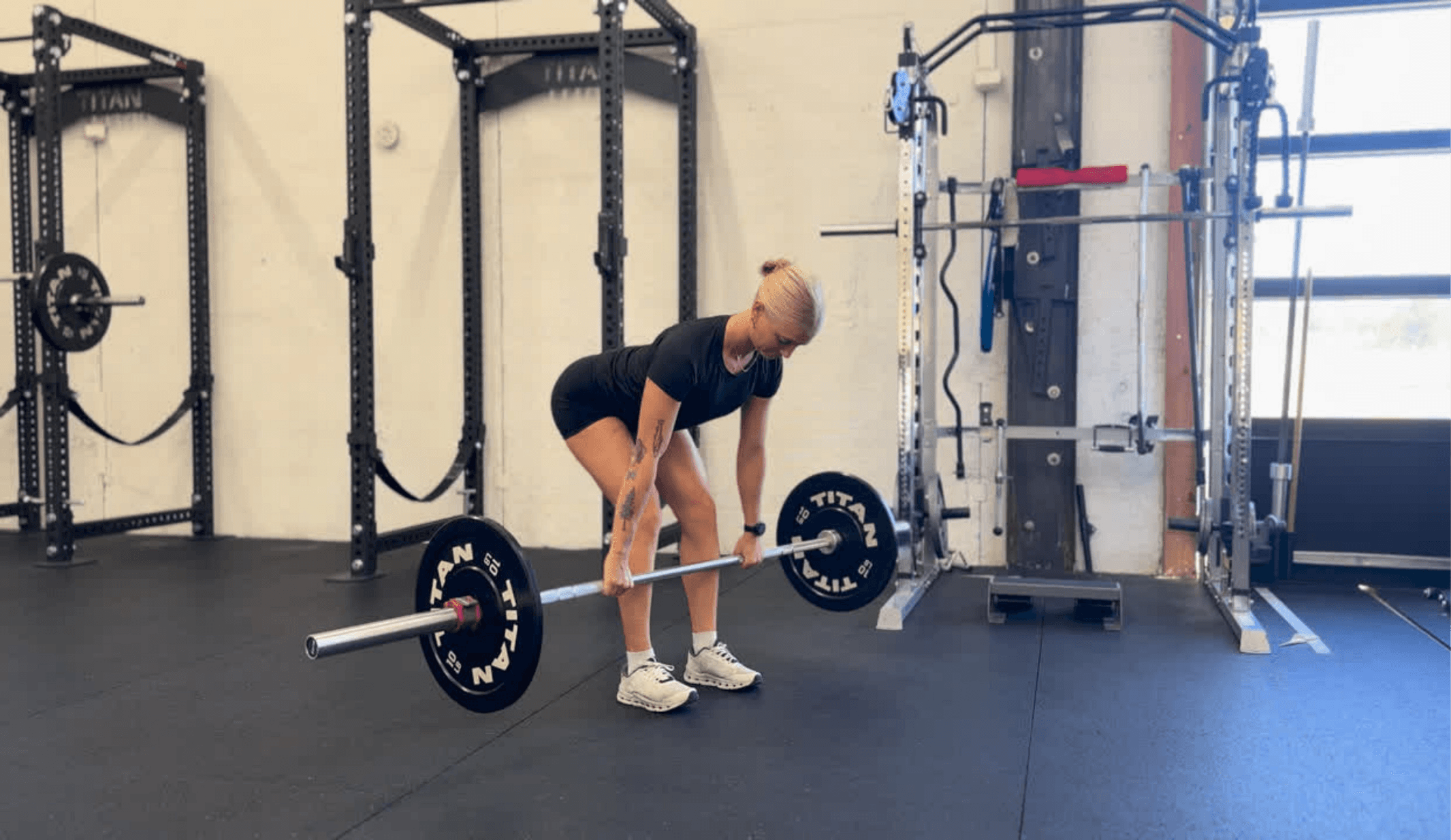NYC Marathon 2025: How to Prevent & Manage Injuries Before Race Day
September 11, 2025
By Coach Collen McLain
3 min to read
Kinesis Integrated is a personalized strength training app for endurance athletes. Trusted by Olympians and elite athletes, our app helps you build strength, prevent injuries, and hit new PRs.
With the 2025 New York City Marathon just weeks away, many runners face the same challenge: how do you keep training when pain or injury creeps in? At Kinesis Integrated, we specialize in strength training and performance coaching for endurance athletes. Our goal is simple: help you get to the start line strong, healthy, and ready to race.
Common Running Injuries Before a Marathon
Bone Stress Injuries
If you’re experiencing low-leg pain and imaging confirms a bone stress reaction (not a full fracture), the priority is reducing impact force. While no runner loves hearing this, it often means swapping running miles for cross-training. This preserves your cardiovascular fitness without worsening the injury.
Maintain strength training where pain-free
Swap painful lifts (e.g., deadlifts) for alternatives (e.g., glute-ham raises)
Avoid plyometrics until fully healed
Musculotendinous Pain
If pain is muscular or tendon-related, the timeline matters.
Recent issue: A short reduction in load may be enough.
Chronic issue: You’ll need to identify underlying causes such as weak muscle groups or movement compensation.
Most cases benefit from isometric training — static holds that load muscles and tendons without joint movement.
Tendon Injuries (e.g., Achilles Tendon)
Tendons remodel under high but slow load. The most effective rehab involves:
Isometrics – heavy, static holds (e.g., Achilles isometric calf raises).
Eccentrics – slow lowering exercises (e.g., two up, one down calf raises)
Example Protocol (Berlin Protocol):
Heavy isometric calf hold at 90° ankle angle
Alternate weight between legs by switching support leg
4–5 sets, 4–5 reps, 3-second holds
Performed 2–3x per week
As tendons adapt, gradually increase range of motion before progressing to eccentrics.
How to Cross-Train When Injured
If running volume needs to drop, replace it with:
Cycling
Pool running
Elliptical sessions
Cross-training helps maintain aerobic adaptations without worsening the injury
Tracking Progress Before Race Day
A common mistake is assuming that because tendon pain disappears mid-run, you’re healed. Instead:
Assess how you feel 24–48 hours later
Track whether discomfort is trending downward
Adjust training load accordingly
Preventing Future Injuries
Most marathon injuries come from improper dosing. Too much volume, too much intensity, or not enough recovery. To reduce future risk:
Strength train year-round (properly dosed protocols will only improve your running)
Introduce plyometrics gradually for bone health
Respect recovery as part of training
FAQ
Can I run the NYC Marathon with a stress reaction?
Maybe, but only if cleared by your doctor. Cross-training and strength swaps may keep you fit enough to race.
What strength training is safe before a marathon?
If an injury is present: Low-strain isometrics, heavy-slow tendon loading, and pain-free compound lifts are safest.
If no injury is present: conventional strength training will help bolster your performance and mitigate injury risk.
How often should I strength train while marathon training?
1–2 times per week, adjusted for your injury status and overall load.
Final Thoughts
While the window to add new training before the NYC Marathon is closing, there’s good news: your offseason is the BEST time to begin a progressive, year-round strength training program.
Strength training is not only the most effective tool for injury prevention, but it’s also a powerful driver of performance optimization. By building a stronger musculoskeletal system, you reduce the risk of stress fractures and tendon injuries while also improving running economy, force production, and resilience under fatigue.
At Kinesis Integrated, we help endurance athletes stay healthy and perform year-round. Whether you’re training for Boston, UTMB, or your local 10K, our strength plans plug into your routine and make you stronger where it counts.
Our app auto-builds a race-specific plan in minutes so you climb harder, descend cleaner, and finish fresher. Start for free here.





